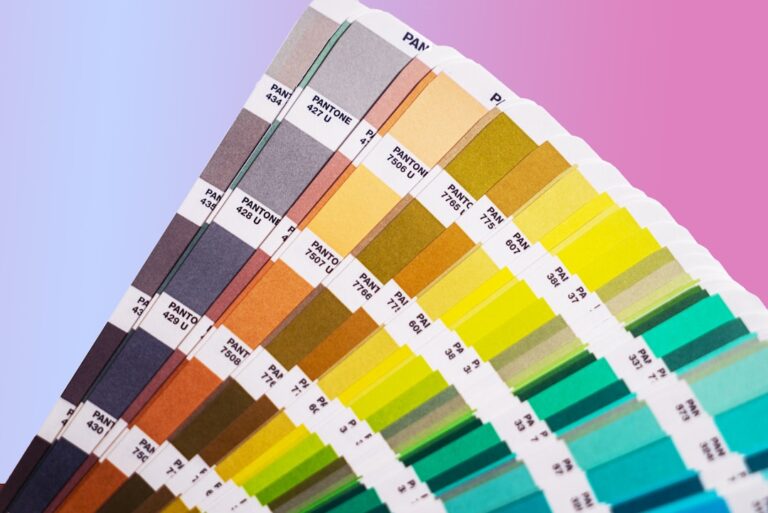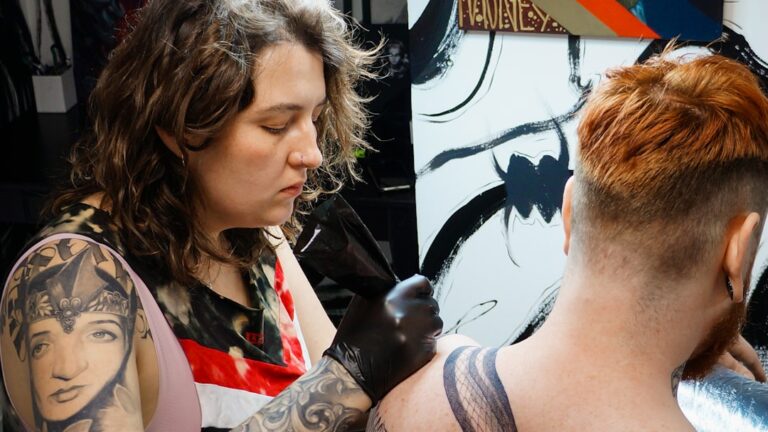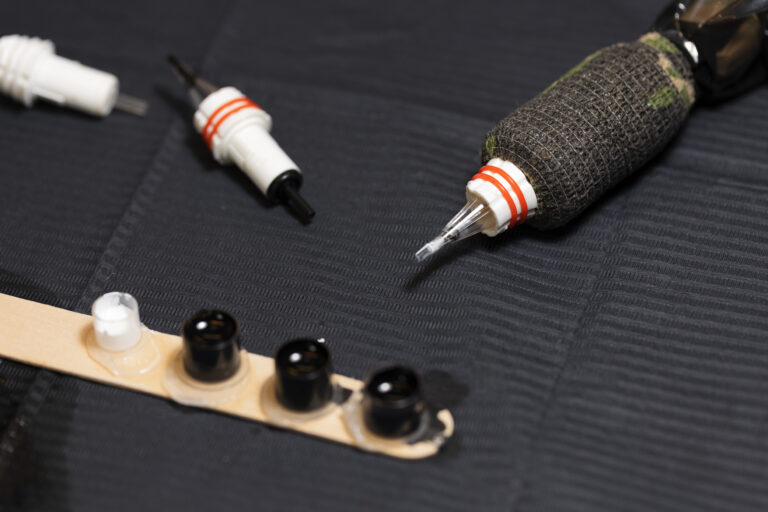Importance of Tattoo Aftercare
Tattoo aftercare is a vital aspect of ensuring that a new tattoo heals correctly and retains its intended appearance. Understanding the healing process and adhering to proper care instructions can significantly influence a tattoo’s final outcome.
Understanding the Healing Process
When a tattoo is applied, the needle punctures the skin and deposits ink into the dermis, which triggers the body’s natural healing response. This process can be divided into several stages:
- Initial Healing (Days 1-5):
- What to Expect: Swelling and redness are common, and the tattoo may feel sore to the touch.
- Key Focus: It’s essential to keep the tattoo clean and dry during this phase to prevent infection.
- Peeling Phase (Days 6-14):
- What to Expect: The tattoo begins to peel, akin to a sunburn. This is a normal part of the healing process.
- Key Focus: It’s crucial not to remove the peeling skin forcefully, as this can affect the design’s clarity.
- Final Healing (Weeks 2-4):
- What to Expect: The outer layer of skin has healed, though the deeper layers may still be in recovery.
- Key Focus: Continue caring for your tattoo to ensure it retains its vibrancy.
Understanding these stages prepares individuals for the variations they may encounter during healing and encourages proactive care measures.
Proper Care Instructions
Adhering to proper aftercare instructions is essential for healing. Here are the steps to follow:
- Cleaning: Use lukewarm water and a gentle, unscented soap to clean the tattoo. Pat it dry with a clean towel—never rub, as this can irritate the skin.
- Ointments: Initial application of a hypoallergenic ointment, such as petroleum jelly or a specialized tattoo aftercare product, can help protect the area and maintain moisture.
- Moisturizing: After the first few days, switch to a fragrance-free moisturizer or lotion. Keeping the tattoo moisturized is crucial for optimal healing.
- Avoiding Irritation: Wear loose clothing, especially on hot days, to reduce friction against the tattoo. This can prevent discomfort and support proper healing.
- Sun Protection: Avoid exposing the tattoo to direct sunlight during the healing phase. Once healed, applying sunscreen will keep the colors bright.
By following these guidelines, tattoo enthusiasts ensure their body art heals effectively and remains a source of pride for years to come. Embracing the tattoo aftercare routine with diligence helps maintain the beauty and integrity of the artwork, proving that patience truly pays off in the end.
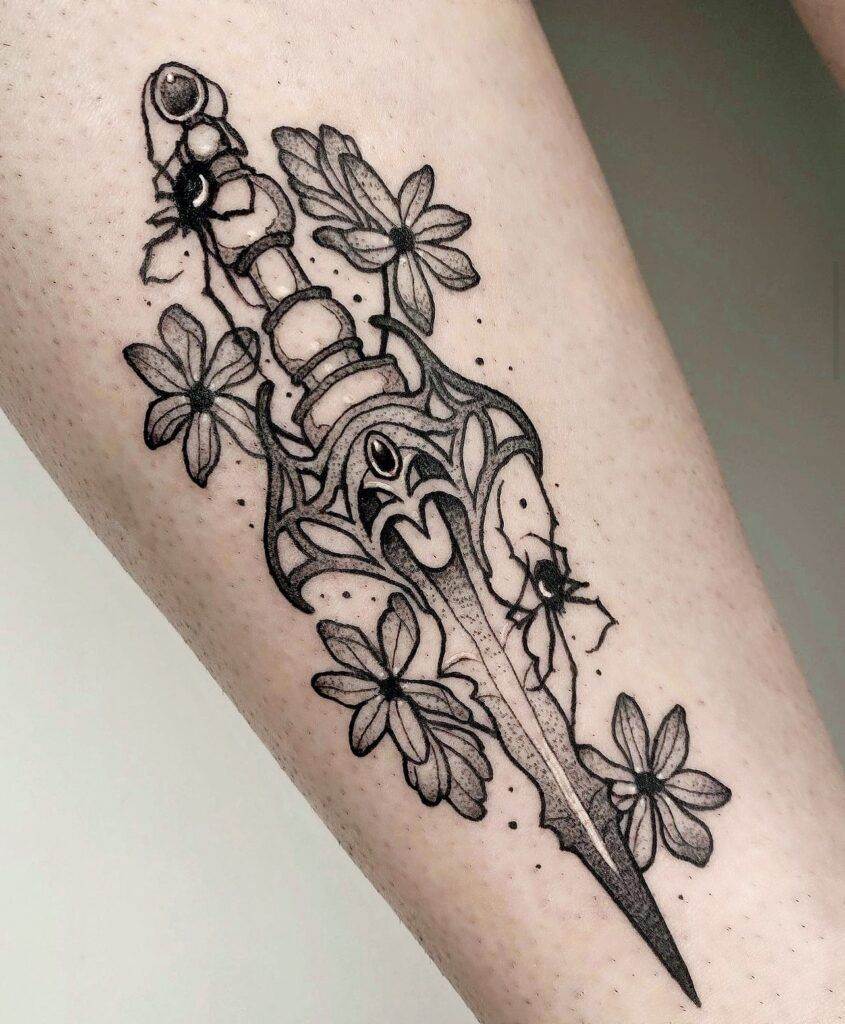

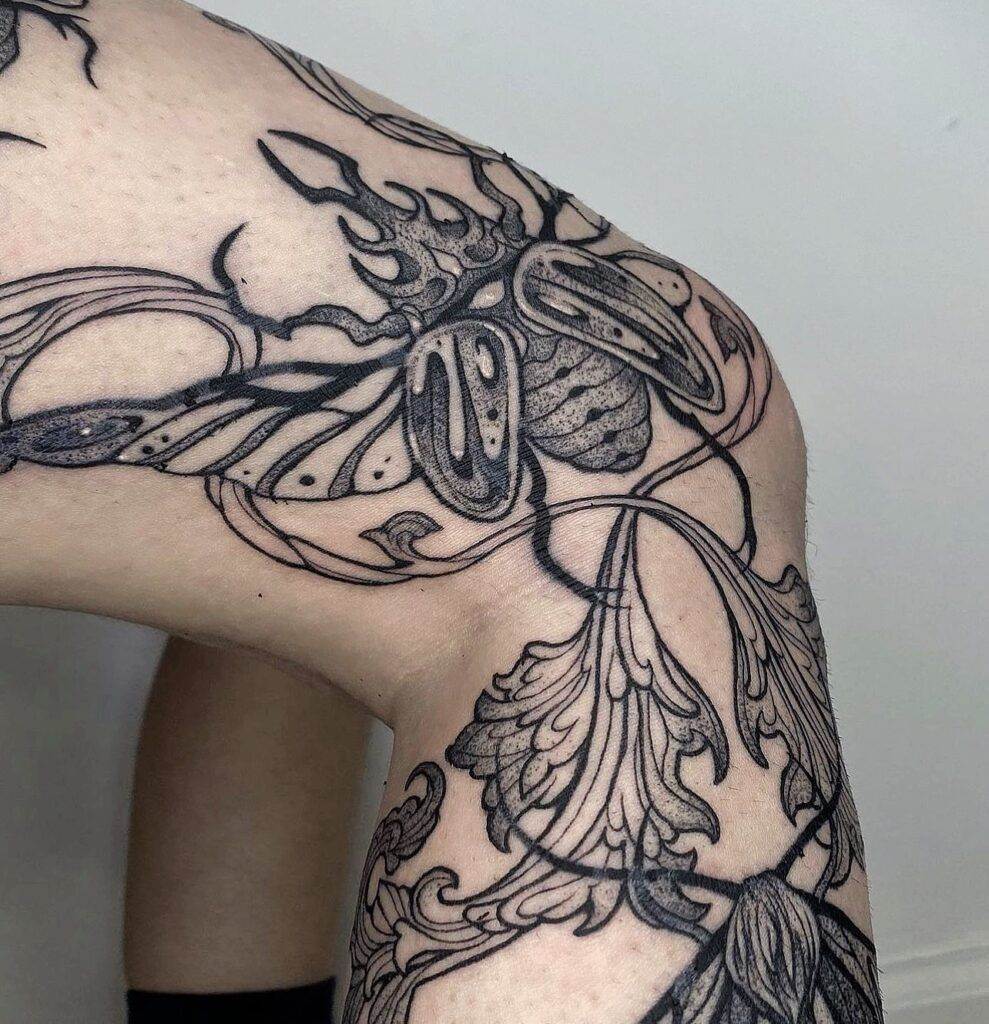
Immediate Steps After Getting a Tattoo
Once the needle has finished its dance and the ink is safely tucked beneath your skin, your job isn’t over just yet. The first few hours can significantly impact the healing and final appearance of your tattoo. Here’s how to properly care for your new art right after getting it inked.
Cleaning the Tattoo
The first step is to clean your fresh tattoo. This is crucial for preventing infections and ensuring optimal healing. Here’s how to do it effectively:
- Wait a Bit: After the tattoo is complete, your artist will typically cover it with a sterile bandage or plastic wrap. Wait about 2-4 hours before removing the covering to allow the skin to breathe.
- Gentle Removal: Carefully peel back the covering. If it’s stuck, don’t pull; instead, run some warm water over the area to loosen the adhesive.
- Lukewarm Water and Soap: Using lukewarm water, rinse the tattoo gently. Apply a mild, unscented soap to clean the area. It’s best to use soap that is free from harsh chemicals and fragrances, which can irritate the skin.
- Rinse and Dry: Rinse the soap away thoroughly, ensuring no residue remains. Pat the tattoo dry with a clean, soft towel or let it air dry—never rub it, as this can cause irritation.
Remember, a clean tattoo not only feels better but also helps maintain the sharpness of the design.
Applying the Right Ointments
After cleaning, it’s time to lock in moisture and protect your tattoo with the right ointments. This step is essential and sets the tone for how your tattoo will heal. Here’s how to apply ointments correctly:
- Initial Ointment Application: Apply a thin layer of a recommended aftercare ointment, such as aquaphor or a specific tattoo ointment recommended by your artist. Avoid heavy applications; a small amount is all you need.
- Frequency of Application: Reapply the ointment 2-3 times daily for the first few days. This provides a protective barrier against potential irritants.
- Switching to Lotion: After the first few days, transition to an unscented lotion once the tattoo begins to peel. Keeping it moisturized is key, so select a lotion that hydrates without clogging pores.
These immediate aftercare steps create a crucial foundation for the healing process. Proper cleaning and careful application of ointments may require a bit of effort initially, but they are invaluable for promoting the longevity of your tattoo. Keeping the tattoo clean and protected will help you enjoy your inked art while allowing your skin to heal effectively.
Long-Term Aftercare Tips
Now that the initial healing phase has passed, a more extended commitment to your tattoo’s care will ensure it remains vibrant and beautiful for years to come. Long-term aftercare focuses on two critical aspects: keeping your tattoo moisturized and protecting it from sun exposure.
Keeping the Tattoo Moisturized
Moisturization is essential in maintaining the longevity and brilliance of your tattoo. A well-hydrated tattoo not only looks better but also withstands the test of time. Here’s how to ensure your tattoo stays moisturized:
- Choose the Right Products: Opt for a fragrance-free and gentle lotion or moisturizer. Ingredients like aloe vera and vitamin E are excellent choices as they soothe the skin and enhance healing.
- Daily Routine: Incorporate moisturizing into your daily skincare routine. It’s a simple step—just apply a thin layer of lotion over the tattooed area at least twice a day, especially after showering when the skin is still hydrated.
- Hydrate from Within: Drink plenty of water. Adequate hydration not only benefits your skin but also helps the ink settle nicely within your dermis, enhancing the overall appearance of your tattoo.
- Pay Attention to Seasons: Be mindful of seasonal changes. In colder, drier environments, you might need to increase the frequency of application to prevent your skin from drying out.
Keeping your tattoo moisturized requires vigilance, but the payoff is worth it. A vibrant and well-moisturized tattoo can dramatically outlast those that are neglected.
Protecting from Sun Exposure
Sun exposure is none too friendly to tattoos. Over time, UV rays can fade the colors and blur the details of your design. Here are some effective strategies for sun protection:
- Apply Sunscreen: Once your tattoo has fully healed, apply a broad-spectrum sunscreen with an SPF of at least 30 whenever you’re heading out in the sun. Reapply every two hours, especially if swimming or sweating.
- Avoid Direct Sunlight: Whenever possible, try to keep your tattoo covered with clothing, especially during peak sun hours (10 a.m. to 4 p.m.). Not only does this protect your ink, but it also shields your skin from harmful UV rays.
- Consider Protective Clothing: If you’re spending extensive time outdoors, invest in clothing that offers UV protection. These garments are designed to shield your skin from sun damage while allowing for breathability.
- Be Proactive: If you’re visiting a beach, pool, or even just stepping out on a sunny day, applying sunscreen beforehand helps create a barrier between your tattoo and the harsh rays of the sun.
Long-term tattoo care may require a concerted effort, but these practices ensure that your body art remains stunning and well-maintained. By keeping your tattoo moisturized and adequately protected from the sun, you’re investing in the longevity of your design and your overall skin health. This attention to detail not only reflects your appreciation for the artistry involved but also enhances your confidence in displaying your unique ink.
Avoiding Common Mistakes in Tattoo Aftercare
After committing to a tattoo, maintaining its beauty through proper aftercare is crucial. However, many individuals unknowingly make mistakes that can hinder their tattoo’s healing and overall appearance. Two of the most common mistakes are over-moisturizing and picking or scratching the tattoo. Let’s delve into these missteps and learn how to avoid them.

Over-Moisturizing
While keeping your tattoo moisturized is essential, overdoing it can lead to unintended consequences. Here’s why moderation is critical:
- Understanding the Skin’s Needs: Freshly tattooed skin requires moisture to heal properly, but too much of a good thing can suffocate the area. Over-moisturizing can lead to clogged pores, irritation, and even the formation of bumps or pimples.
- Signs of Over-Moisturizing:If your tattoo appears shiny, feels overly slick, or seems swollen, you might be applying too much product. Instead, aim for a balanced approach:
- Use a thin layer of the recommended ointment or lotion.
- Reapply only when necessary—typically 2-3 times a day during the initial healing phase and the transition to a moisturizer afterward.
- Finding the Right Moisturizer: Select a lightweight, non-comedogenic product that hydrates without being too heavy. Avoid lotions with fragrances or irritants which can lead to unwanted reactions.
- Monitoring Your Tattoo: Keep an eye on your tattoo as it heals. If something seems off, consider reducing the amount of moisturizer you’re using. Remember, a well-hydrated tattoo is important, but moderation is key.
Picking or Scratching the Tattoo
Another common mistake is the urge to pick at or scratch a healing tattoo. This impulse can be hard to resist, especially when the tattoo begins to itch or peel. Here’s why refraining from such actions is crucial:
- Understanding the Itch: As your tattoo heals, it’s normal for the skin to itch. This is part of the healing process, as layers of skin regenerate. Surrendering to the urge to scratch can compromise the ink and lead to unsightly scars.
- Consequences of Picking:Picking or scratching the tattoo can lead to:
- Uneven fading of the ink
- Potential infection due to bacterial introduction
- Scarring or skin damage that can alter the tattoo’s appearance
- Distracting Techniques:To combat the urge to scratch, consider these distraction techniques:
- Gently tap the area instead of scratching.
- Utilize a cold compress or ice pack wrapped in a cloth to soothe the itching.
- Keep your skin moisturized to reduce dryness, which can trigger the itch.
- Wear Comfortable, Loose Clothing: Tight clothing can exacerbate itching and irritation. Opt for loose-fitting garments that won’t rub against the tattoo.
By avoiding the pitfalls of over-moisturizing and resisting the urge to pick or scratch, you can promote a smooth healing process for your tattoo. Paying attention to these common mistakes helps maintain the integrity and beauty of your artwork, ensuring your body art remains something you’re proud to showcase for years to come.
Signs of Infection to Watch Out For
Even with diligent aftercare, tattoos can sometimes develop infections. Knowing the signs to watch for is essential in ensuring your body art heals correctly. Early detection can prevent complications and safeguard the health of your skin. Here are key symptoms to be vigilant about.
Redness and Swelling
One of the most common indicators of a potential infection is persistent redness and swelling around the tattooed area. While some redness and mild swelling are normal after getting a tattoo, it’s essential to differentiate between typical healing and signs of infection.
- Normal vs. Abnormal Redness: In the first few days after getting a tattoo, mild redness may occur, often localized around the tattoo. However, if the redness expands beyond the initial area and remains intense for multiple days, it may indicate an infection.
- Swelling Signs to Monitor: If you notice an increase in swelling that feels firm or painful to the touch, it’s crucial to take note. A slight amount of swelling is expected, but excessive swelling can point to an underlying issue.
- Pain Assessment: Pay attention to how the area feels. If pain increases instead of decreasing over time, this can be a significant red flag. Pain that escalates can indicate inflammation affecting the surrounding tissues.
If you observe notable redness and swelling that persists or worsens, consulting a healthcare professional for evaluation is important to prevent further complications.
Pus or Discharge from the Tattoo
The presence of pus or unusual discharge is another critical sign of infection. While some moisture during the healing process is expected, any unusual fluids shouldn’t be dismissed. Here’s what to look out for:
- Understanding Normal Fluid vs. Infection: Clear to yellowish fluid may be a part of the healing process, but if it develops into a thick, yellowish-green or foul-smelling pus, that’s often a sign of infection.
- Discharge Characteristics:Keep an eye on the color, consistency, and amount of discharge:
- Thick Texture: A thick, viscous discharge is more concerning than thin, watery fluid.
- Foul Odor: Any unpleasant smell from the area warrants immediate attention.
- Volume of Discharge: If the discharge begins to increase significantly, it’s essential to take action. An overwhelming amount of fluid can signify the body is trying to fight an infection.
If any pus or abnormal discharge is present, contacting a healthcare professional is necessary. Prompt treatment for infection can prevent further complications and promote efficient healing. Understanding these signs of infection—redness and swelling, along with the presence of pus or discharge—equips tattoo enthusiasts with the knowledge needed to care for their artwork effectively. Being proactive and vigilant in the healing process can help maintain the beauty and integrity of tattoos while ensuring the health and safety of the skin.



